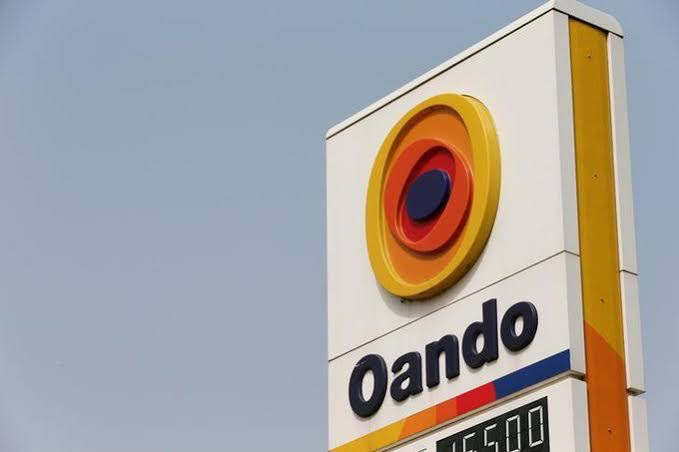KEY POINTS
- Oando posted ₦63.31 billion H1 2025 profit, driven by ₦197.52 billion impairment reversal and ₦48.1 billion interest write-back.
- Q2 saw a ₦49.74 billion loss as revenue plunged 29% and finance costs nearly tripled.
- Negative equity of ₦305.88 billion and ₦3.19 trillion in borrowings highlight ongoing balance sheet pressure.
After reversing billions of naira in previous asset impairments, Oando Plc managed to turn a small profit in the first half of 2025, concealing severe operational losses and growing financial strain at one of Nigeria’s biggest energy companies.
According to unaudited results released on July 31, the Lagos-based oil and gas group reported net income of ₦63.31 billion for the six months ended June 30, a slight increase from ₦62.65 billion in the same period last year.
A ₦197.52 billion impairment reversal and a ₦48.1 billion write-back of previously accrued default interest were the main drivers of the increase; these one-time gains improved the bottom line in spite of declining sales and rising debt costs.
Revenue for the half-year fell 15% to ₦1.72 trillion, as weaker crude prices and lower trading volumes weighed on turnover. Cost of sales eased by the same percentage to ₦1.66 trillion, leaving a gross profit of ₦59.21 billion, down from ₦82.30 billion a year earlier.
Second quarter loss wipes out operational momentum
The story was harsher in the second quarter. Between April and June, Oando experienced a ₦49.74 billion loss as opposed to a ₦3.30 billion profit during the same time last year. Revenue fell 29% to ₦788.22 billion, and sales costs surpassed turnover, resulting in a gross loss of ₦26.22 billion as opposed to a profit of ₦50.89 billion the previous year.
Due to increased servicing fees and the weight of new borrowings, finance costs more than doubled to ₦112.30 billion during the quarter. Even though the business recorded an interest reversal of ₦48.1 billion during that time, it was insufficient to counteract the pressure from its mounting debt load.
Oando’s balance sheet is still in negative territory even with the headline profit. The impairment reversal helped to slightly improve total equity from a deficit of ₦360.98 billion at the end of 2024 to ₦305.88 billion, but it still indicates significant accumulated losses.
As the business took on more debt to cover funding shortages, borrowings increased to ₦3.19 trillion from ₦2.77 trillion in December. A working capital shortfall of more than ₦3.17 trillion resulted from current liabilities of ₦4.18 trillion dwarfing current assets of just under ₦1 trillion.
The pressures on liquidity are still severe. With ₦868.10 billion in new borrowings over the half-year, cash and cash equivalents increased marginally to ₦227.71 billion. However, compared to ₦329.52 billion a year earlier, net operating cash outflow increased to ₦357.47 billion.
Analysts caution that the one-time increases that helped first-half profit are unlikely to stop further strain in the absence of improved cash generation, operational efficiency, and debt reduction. The company’s ability to maintain earnings momentum in the absence of comparable impairment reversals is also called into question by the significant second-quarter loss.



